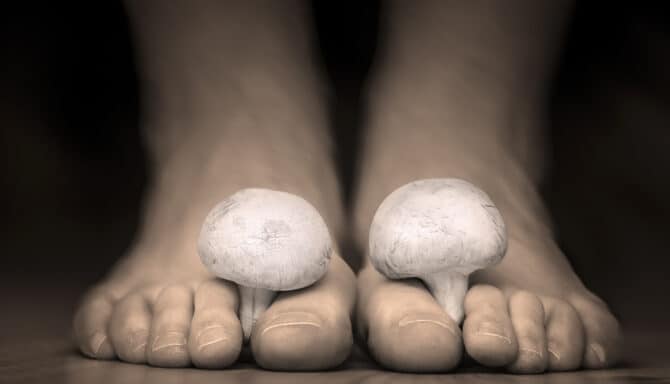Medical pedicures are no ordinary cosmetic pedicure. And while the procedure skips the pretty toenail polish, they offer numerous foot health benefits that you won’t get from your favourite nail salon and spa.
Regular medical pedicures work wonders for nail health and keep your skin in good condition. What’s more, chiropodists know the warning signs of foot conditions, so they can keep their eyes peeled for potential problems while performing your pedicure.
Let’s take a look at the top 5 benefits of medical pedicures!
- Medical pedicures prevent ingrown toenails
- Your chiropodist can detect foot abnormalities and conditions
- Say goodbye to foot odour
- Enjoy a thorough moisturizing session
- Safe and sterile environment
Medical Pedicures Prevent Ingrown Toenails
Ingrown toenails are something to avoid at all costs. Ingrown toenails grow into and pierce the skin, so while they may start out as a tiny problem, the pain can be immense if the ingrown toenail isn’t properly dealt with. Not knowing how to cut your toenails properly can trigger ingrown toenail growth, so you should opt for a professional trim if you don’t know what you’re doing.
Of course, medical pedicures include thorough nail trimming and filing. Cutting and filing straight across ensures smooth edges and lets the nail re-grow in the right direction. This can prevent ingrown toenails but also serves as a treatment for any pre-existing ones.
Bonus tip: Try researching the best toenail clippers for added protection against ingrown toenails.
Your Chiropodist Can Detect Foot Abnormalities and Conditions
When you get a medical pedicure, a trained professional examines every inch of your foot. This is one of the most beneficial aspects of getting a pedicure at a foot clinic vs. a nail salon.
If you have diabetes, getting a foot examination is even more crucial. Due to diabetic neuropathy, irregular glucose levels, and peripheral vascular disease, undetected foot abnormalities can make way for severe complications. These may include skin and bone infections, gangrene, abscesses, and even amputations.
Here are some examples of what a chiropodist can look for during a medical pedicure:
- Warts
- Corns and calluses
- Signs of proper blood circulation
- Fungal infections
- Nerve function
- Signs of additional infection
Say Goodbye to Foot Odour
A medical pedicure includes sanitizing and thoroughly cleaning your feet. The process starts with cleaning the feet with alcohol, so the chiropodist has a clean base. This eliminates dead skin and bacteria on the bottom of the feet, eliminating unpleasant foot odour.
To ensure foot odour doesn’t come back, wash your feet regularly, wear socks with sneakers and use high-quality foot deodorants.
Safe and Sterile Environment
Everyone likes to feel pampered sometimes. But while salon pedicures are fun and relaxing, there can be a lack of cleanliness in some establishments. Manicure and pedicure salons can be breeding grounds for foot fungus and other concerning threats.
When you go to a foot clinic, all eyes are on you. You have a space dedicated to your treatment, and your chiropodist only pays attention to your medical pedicure. Your foot specialist also uses only steam sterilized equipment that is sterilized after each use, and has plenty of time to ensure all medical practice standards are followed.
But a salon may be jam-packed full of customers, and employees can easily forget to thoroughly clean tools when they’re too busy. This is when viruses, fungus and bacteria come into the picture.
Enjoy a Thorough Moisturizing Session
If you think moisturizing only happens at a nail salon, think again.
A chiropodist will use medical-strength moisturizing creams at the end of the medical pedicure.
This intense treatment works to keep skin feeling soft and clean, restore natural elasticity, and fight common nuisances like dry, itchy skin.













